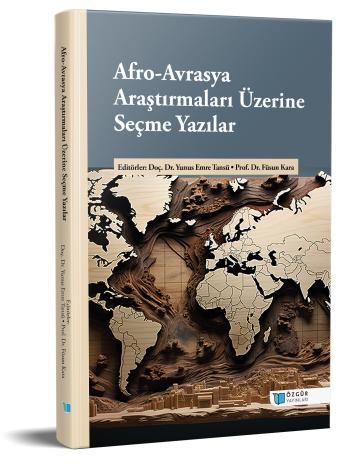
TWO RIVALS IN THE GULF: IRAN-SAUDI ARABIA (An Evaluation in the Context of the Security Dilemma)
Chapter from the book:
Tansü,
Y.
E.
&
Kara,
F.
(eds.)
2023.
Selected Articles on Afro-Eurasian Studies.
Synopsis
Security has been a need since the existence of humanity until today. Individuals, societies and states have always tried to ensure security. However, the uncertainty of the threat has fed fear and brought the need for security into an impasse. Individuals, societies and states seeking greater security have inevitably fallen into greater insecurity, and this has created a security dilemma. The resulting security paradox is the cause of conflicts and sometimes wars for societies and states. For this reason, this paradox has also been the subject of academic studies on security. The concept of security dilemma”, developed by thinkers such as Herbert Butterfield, John H. Herz and Robert Jervis, is one of the approaches that try to explain this paradox. In this study, the regional competition between Iran and Saudi Arabia, two important powers in the Gulf region that adopt different interpretations of Islam and have different ethnic origins, is analyzed in the context of the security dilemma approach. In this regard, first of all, the security dilemma approach is briefly explained. Then, the factors that led Iran and Saudi Arabia to a security dilemma were analyzed through geopolitical, ethnic, religious and sectarian elements that create competition between the two countries. The study aims to contribute to both the literature on the security dilemma and the literature on Iran-Saudi Arabia relations.

